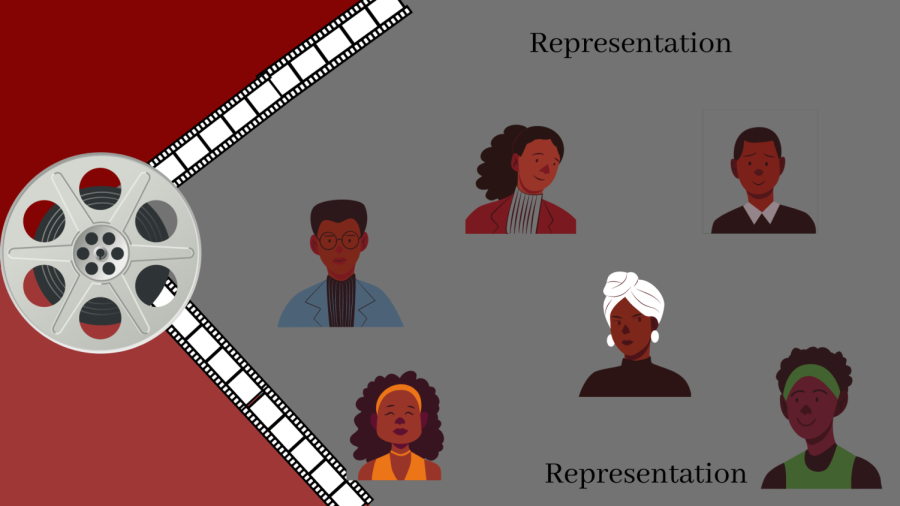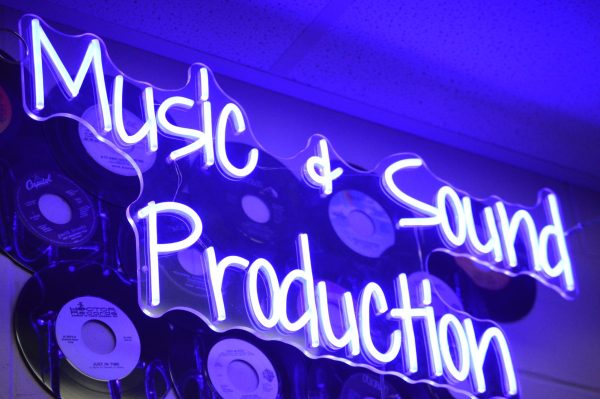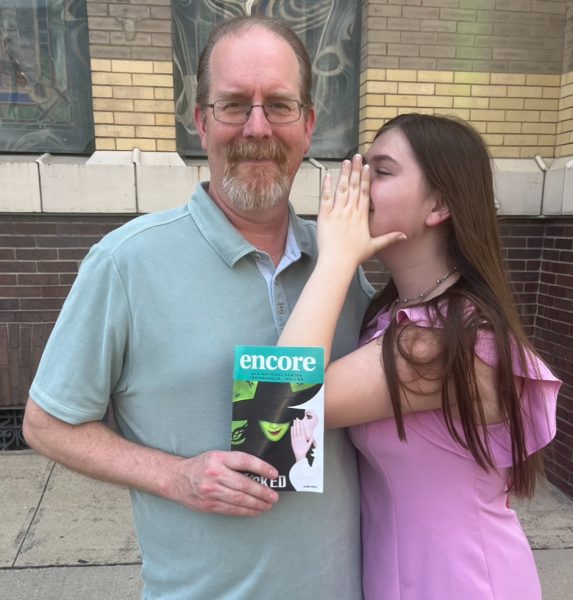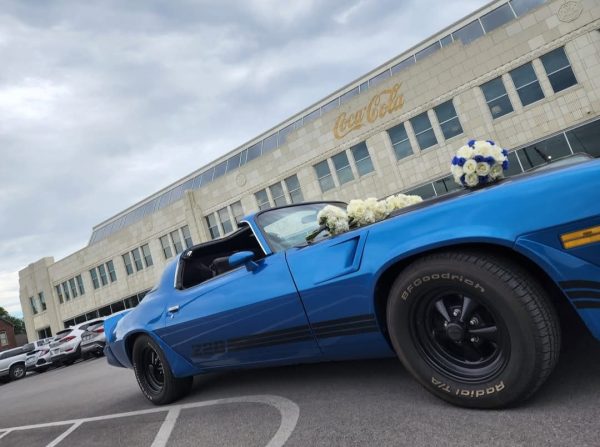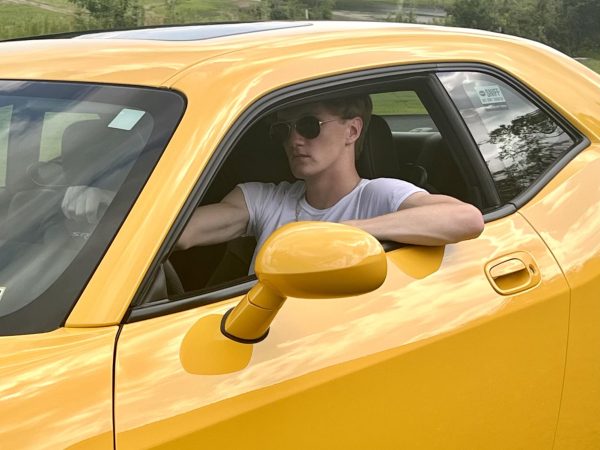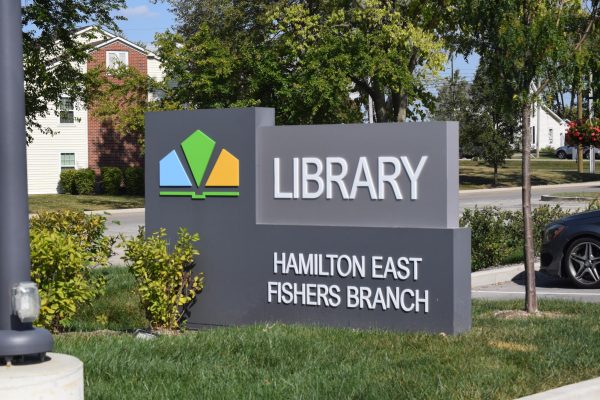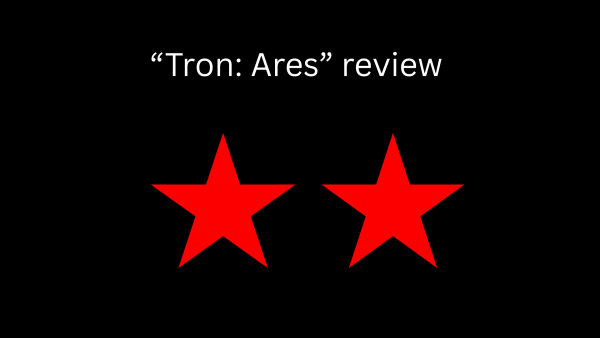Minstrels to movies
Gang violence, drug dependencies, broken homes and absent parental figures; these are the images often publicized when it comes to Black representation. But why? What causes the continuation of these harmful tropes? The answer is profit.
Even when these stories are written with the intention of informing or entertaining audiences of all races, the Black struggle, as well as these “dehumanizing” stereotypes, are what sell tickets. The top 3 highest-grossing movies featuring Black leads all included these themes. These movies are Coming to America, Bad Boys II, and Straight Outta Compton. While these movies are loved by many, the stereotypes present can be damaging to the community when seen by people who have not spent much time around members of it.
“A lot of the tropes and stereotypes that they like to associate with our people can negatively affect the mindset of a lot of white people who may not know too many Black people,” said senior Jackson Liner. “Or just haven’t had the interaction or that influence on the culture like some of us who maybe were raised by Black parents or around Black people.”
While the stereotypes presented in these movies vary from film to film, the most common ones that can be seen are hyper-masculinization of Black men, violence and low-level education.
While Black audiences can sometimes relate to the struggles shown, there is more to the story of Black lives than just struggle. There are stories of love, success, celebration and Black joy that are not being shared.
“I think it’s super important [showing depictions of Black joy] since a lot of what we see African American-wise is the pressing down when we should be really uplifting,” said Liner.
For African Americans, the legacy of “minstrel shows” (a genre of live performances put on by white men in blackface mocking and playing up the preexisting stereotypes suffocating the Black community for the amusement of white audiences ) formed the foundation for Black representation in much of American pop culture. In the late 19th century, these shows created the blueprint for how African Americans could and would be portrayed on screen when the technology for movies came about.
Segregation and the Jim Crow laws continued this legacy, further defining what roles African Americans could play on screen for a large part of the century; Black people were cast as singers or dancers, or as maids, butlers and other servants.
It was not until later that Black people began to be so commonly depicted as criminals while Black characters started to be presented with more humanity and depth following World War Two. It wasn’t until “Blaxploitation” arrived in the 70s that the narrative of Black subservient maids and butlers were turned completely on their heads. Now replaced by tropes showing Black Characters portrayed as criminals, bent on revenge and aggression.
At first, these types of films empowered Black people
“They were kind of superheroes in a way. They had exceptional fighting skills, often fighting against a white-run conglomerate and came out on top,” said Cameron Bailey, artistic director and co-head of the Toronto International Film Festival.
“It was incredibly revolutionary at the time for Black audiences to see those films.”
But this empowerment came with a price.
In a 1972 editorial in the New York Times, Junius Griffin, president of the Hollywood branch of the NAACP, wrote “If black movies do not contribute to building constructive, healthy images of Black people, we shall have lost our money and our souls. We shall have contributed to our own cultural genocide by only offering our children the models of degradation, destruction and dope.”
Griffin also complained that images of the violent Black outlaw were funded by the “white power structure.” Two popular movies at the time, one being Shaft, were made by Black directors, but financed by white production companies.
It later became clear that these “superheroes” reflected poorly on the Black community. These characters cause those unfamiliar with the community to think that the violence is all there is when it came to the community.
“I’ve heard from a lot of people that they were a little bit on edge when they first met me from things they had heard about tall Black males,” said Liner. “And it’s really a first impression thing. A lot of them come in with a little bit of an uneasiness.”
Liner highlights how these tropes have a negative effect on the way people outside of the community view Black people, but they also have a negative effect on the way Black people see themselves.
Junior Sarai Parks shares in the belief that it is common for film and literary industries to affect the way the Black life is viewed by onlookers and Black people, saying most movies communicate a picture to onlookers that Black people are “damsels in distress”
She furthers this thought by saying that this illustration of her community affected the way she looked at herself.
“The depiction we are shown made me think that this[the stereotypes] are all we are and ever will be capable.
This begs the question of how Black people should be treated in film. And the answer: just like everyone else, just like white people.
“I would just like to see my people illustrated as heroes, as people, their own people instead of some kind of non-human,” Liner said.
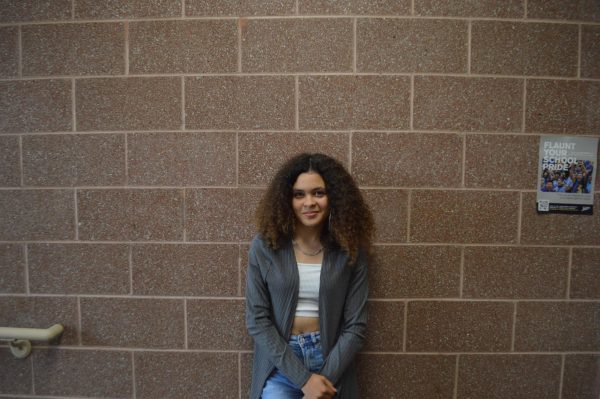
Katrell is a senior at FHS. They are an overthinker who enjoys listening to music and writing poetry when they are not too focused on their upcoming article.


